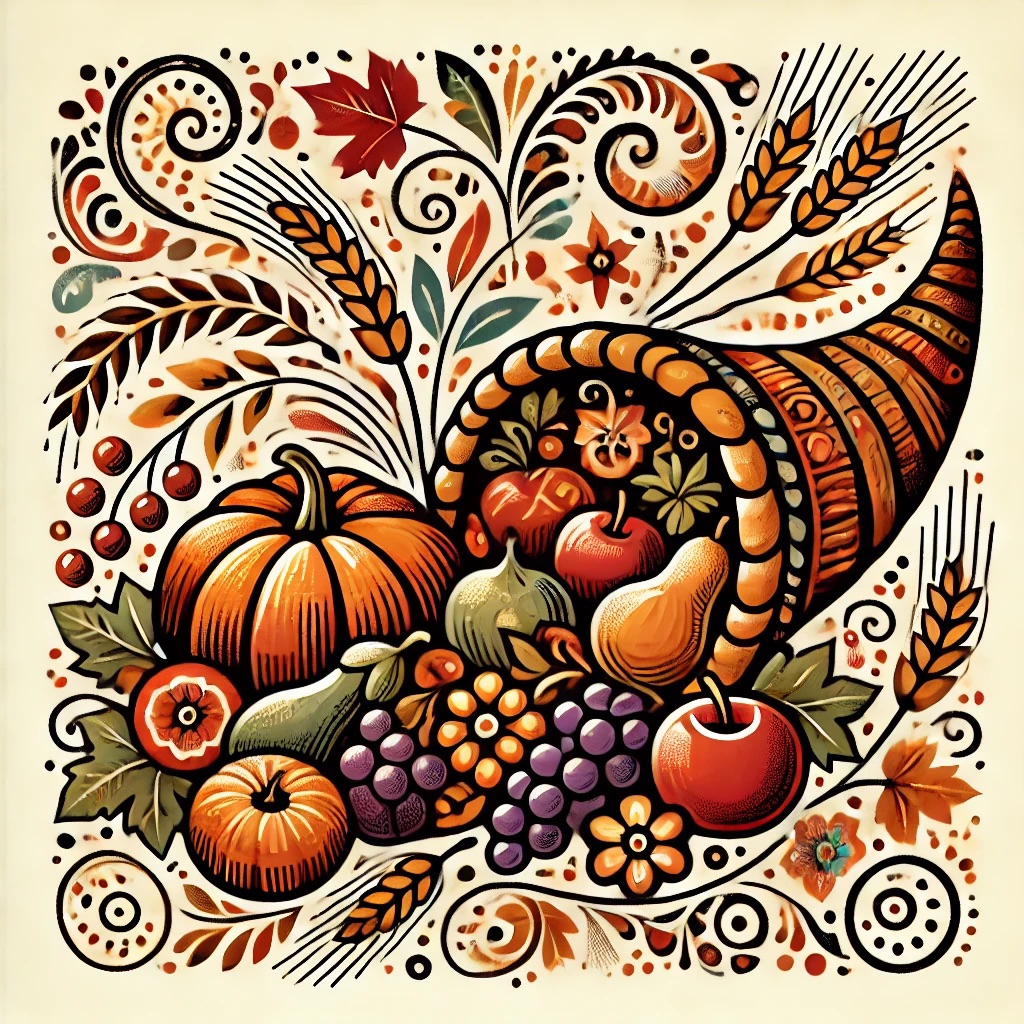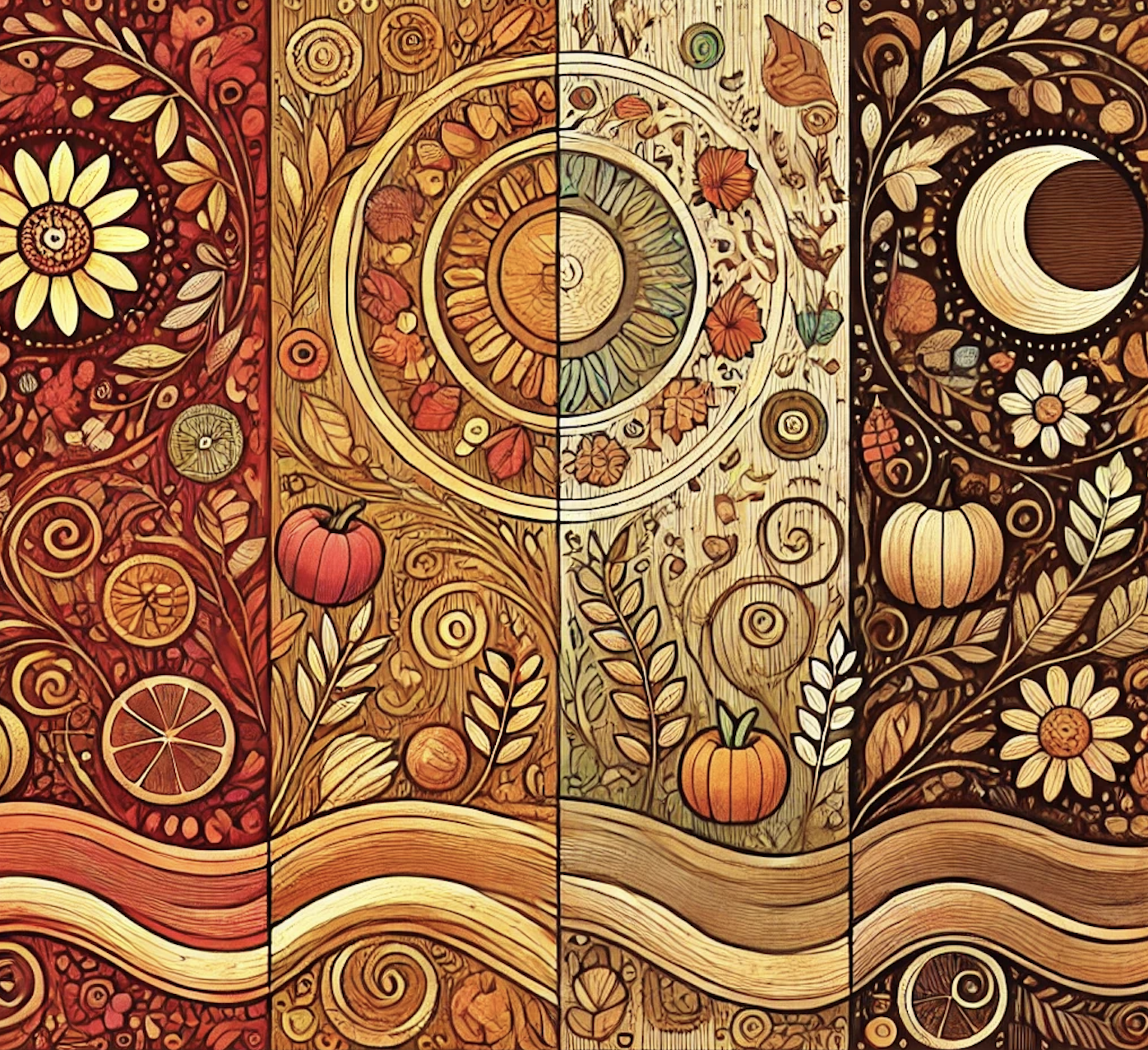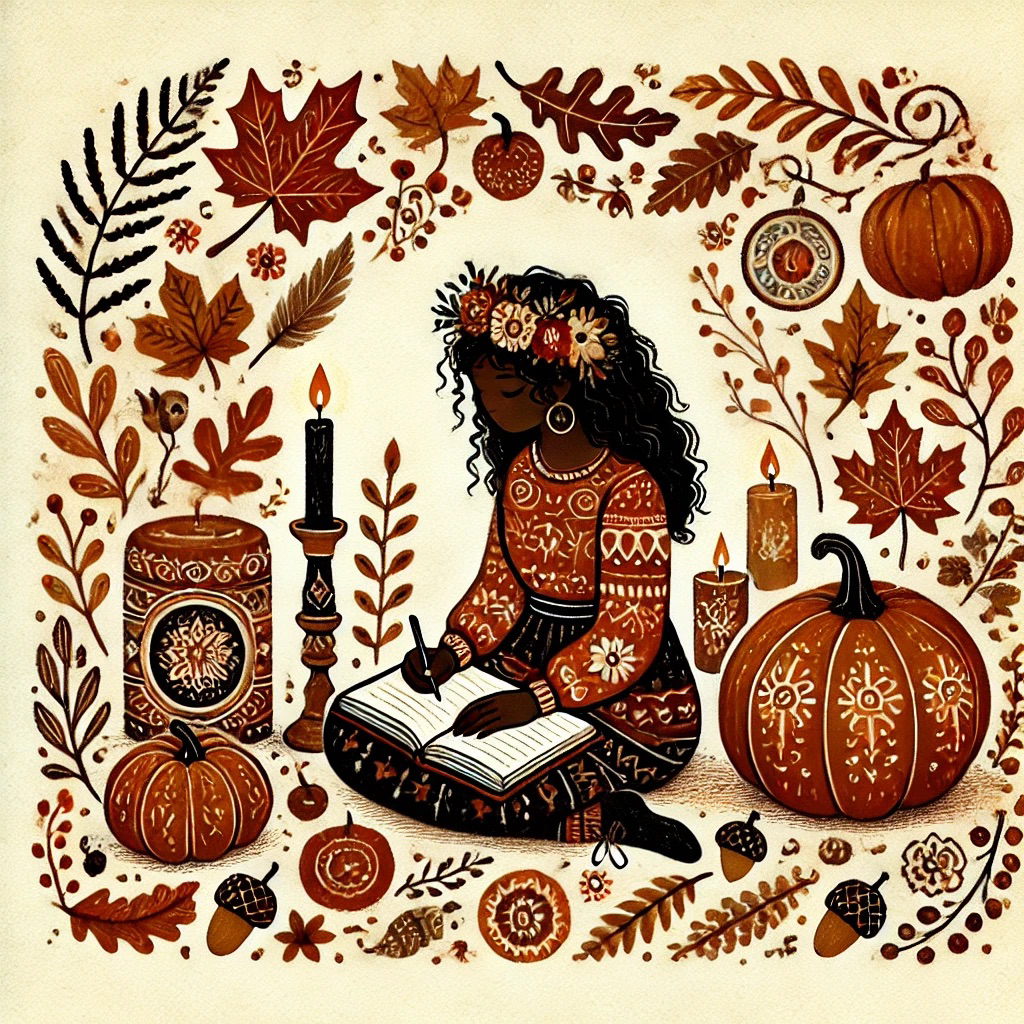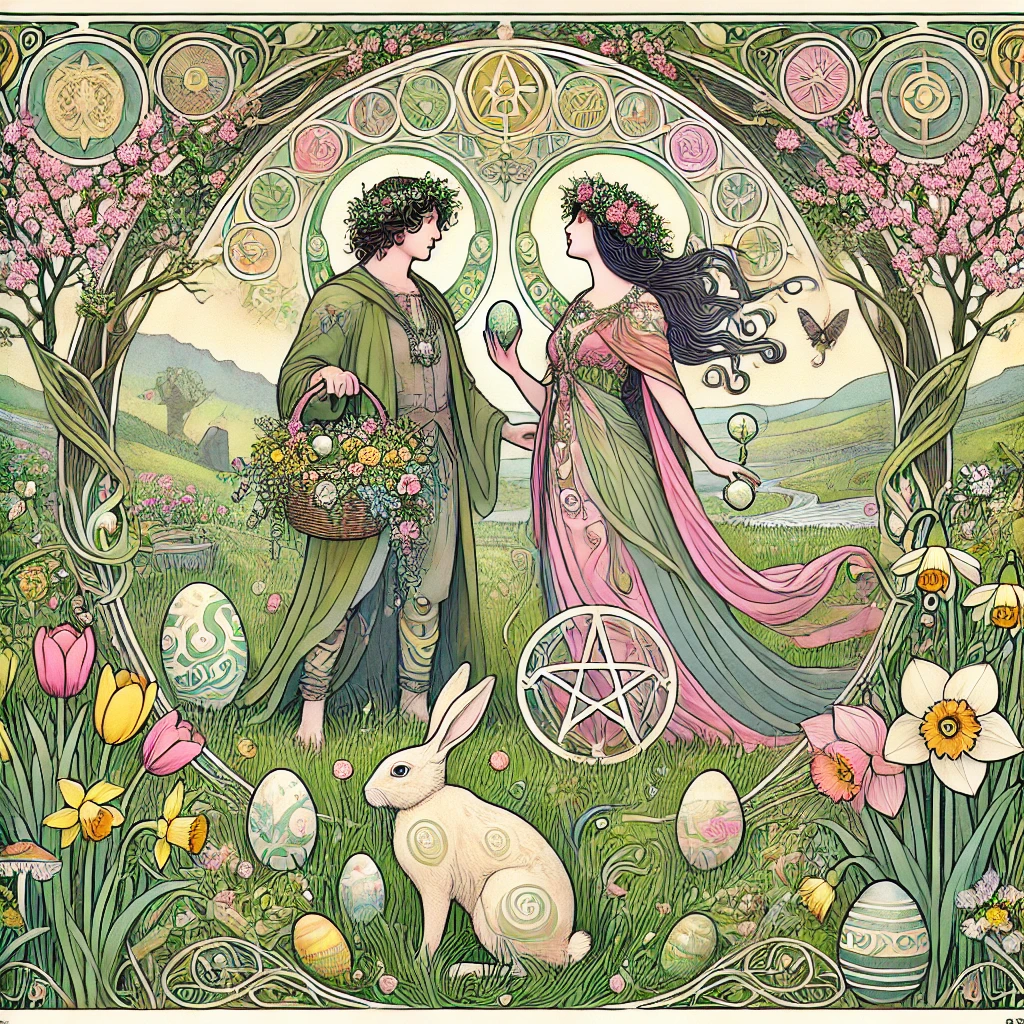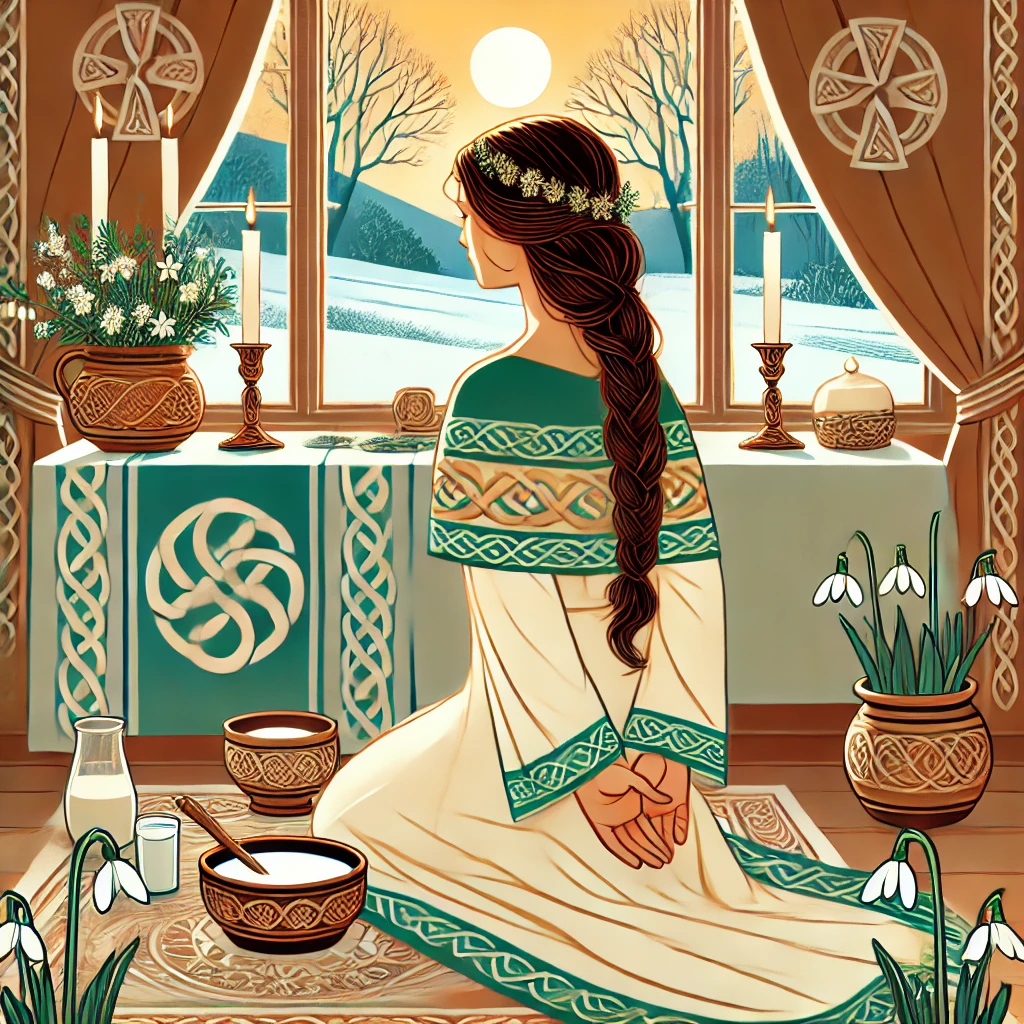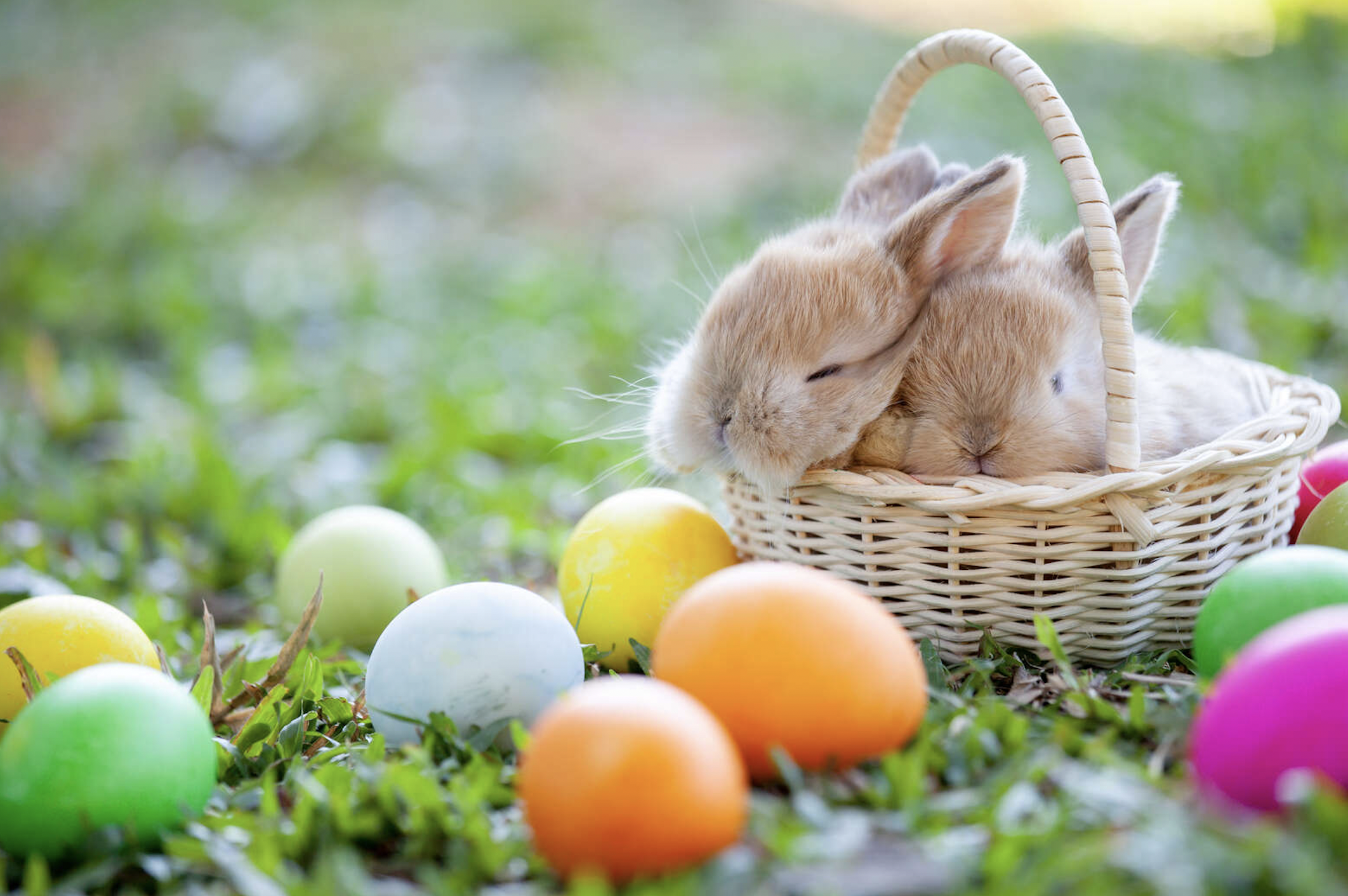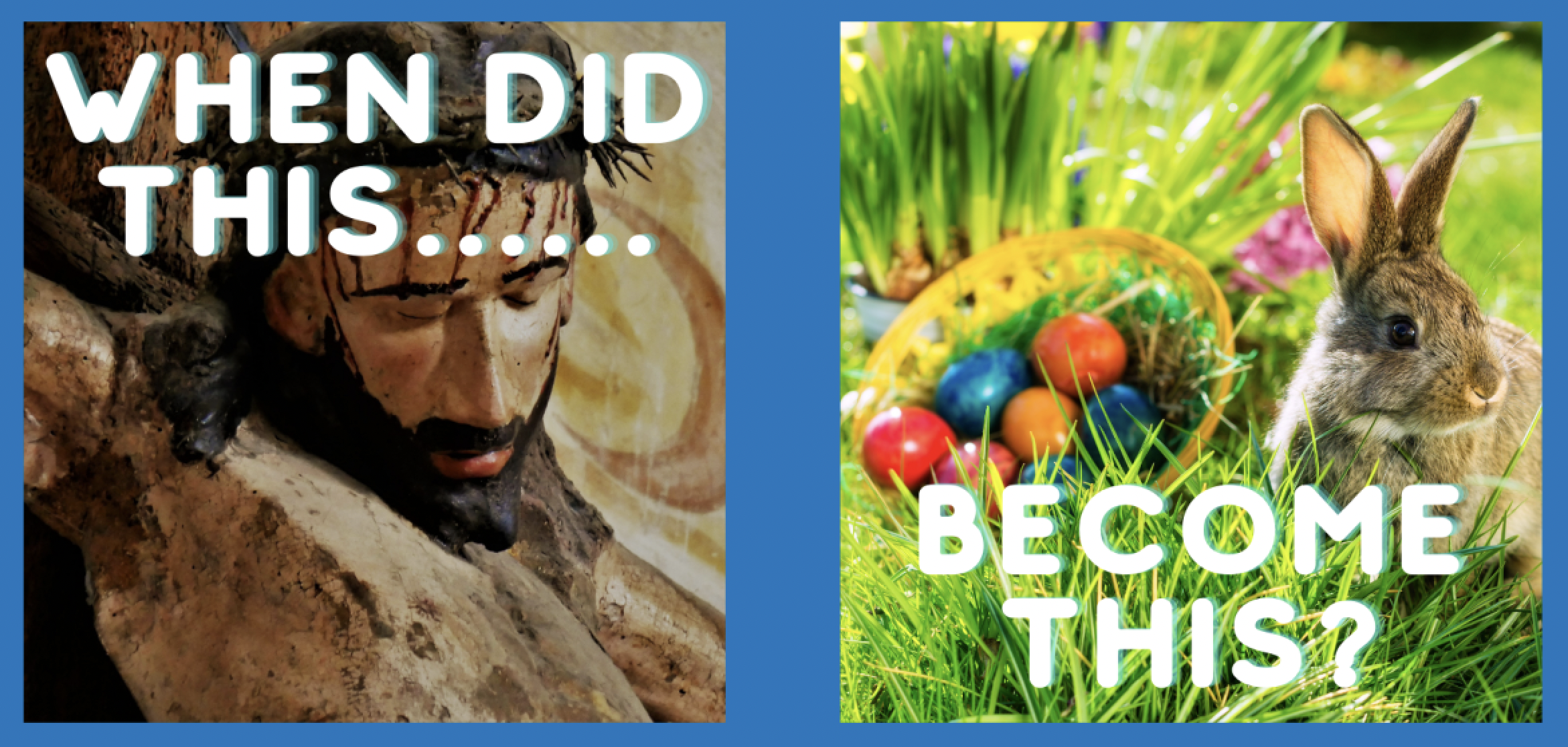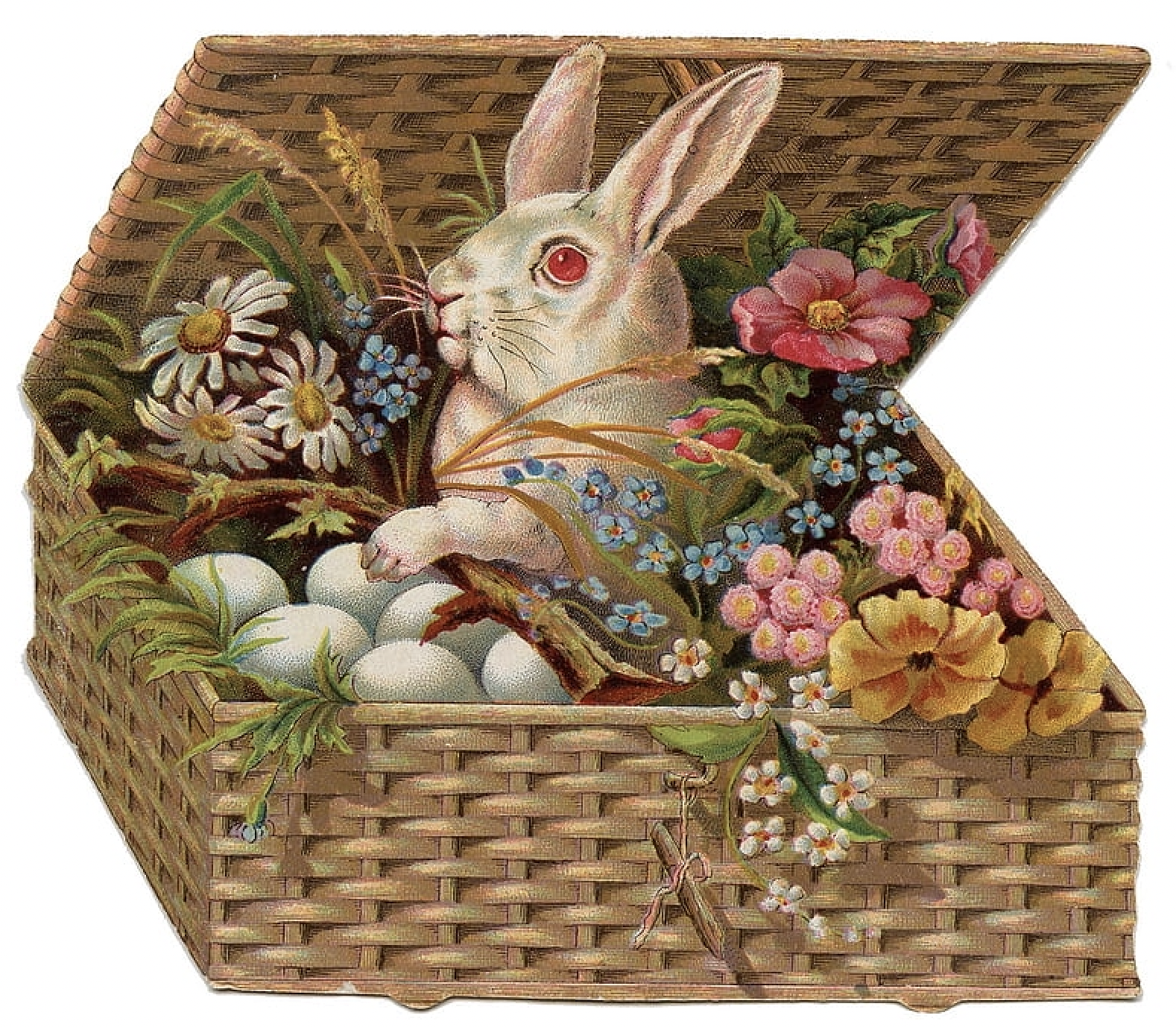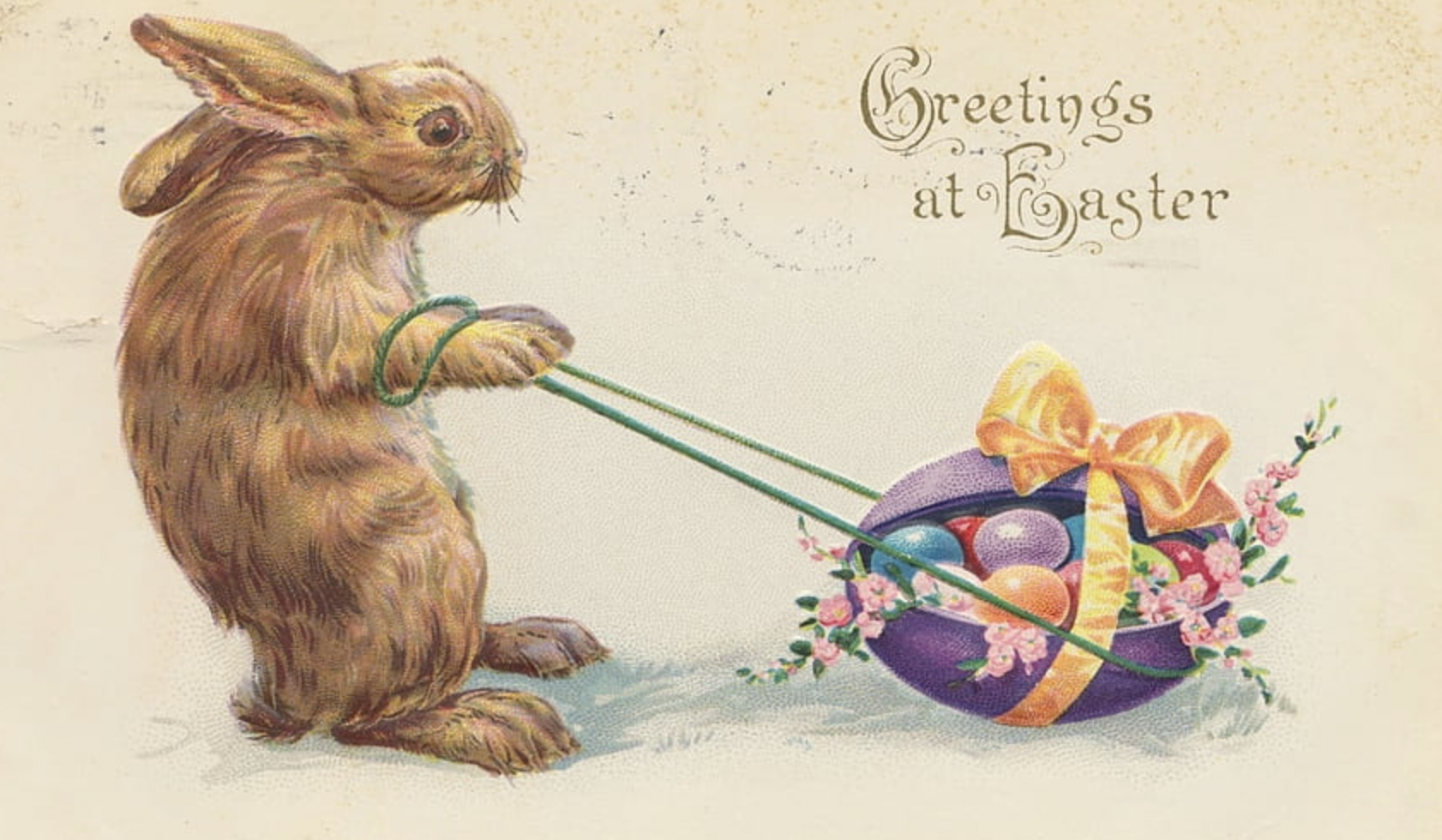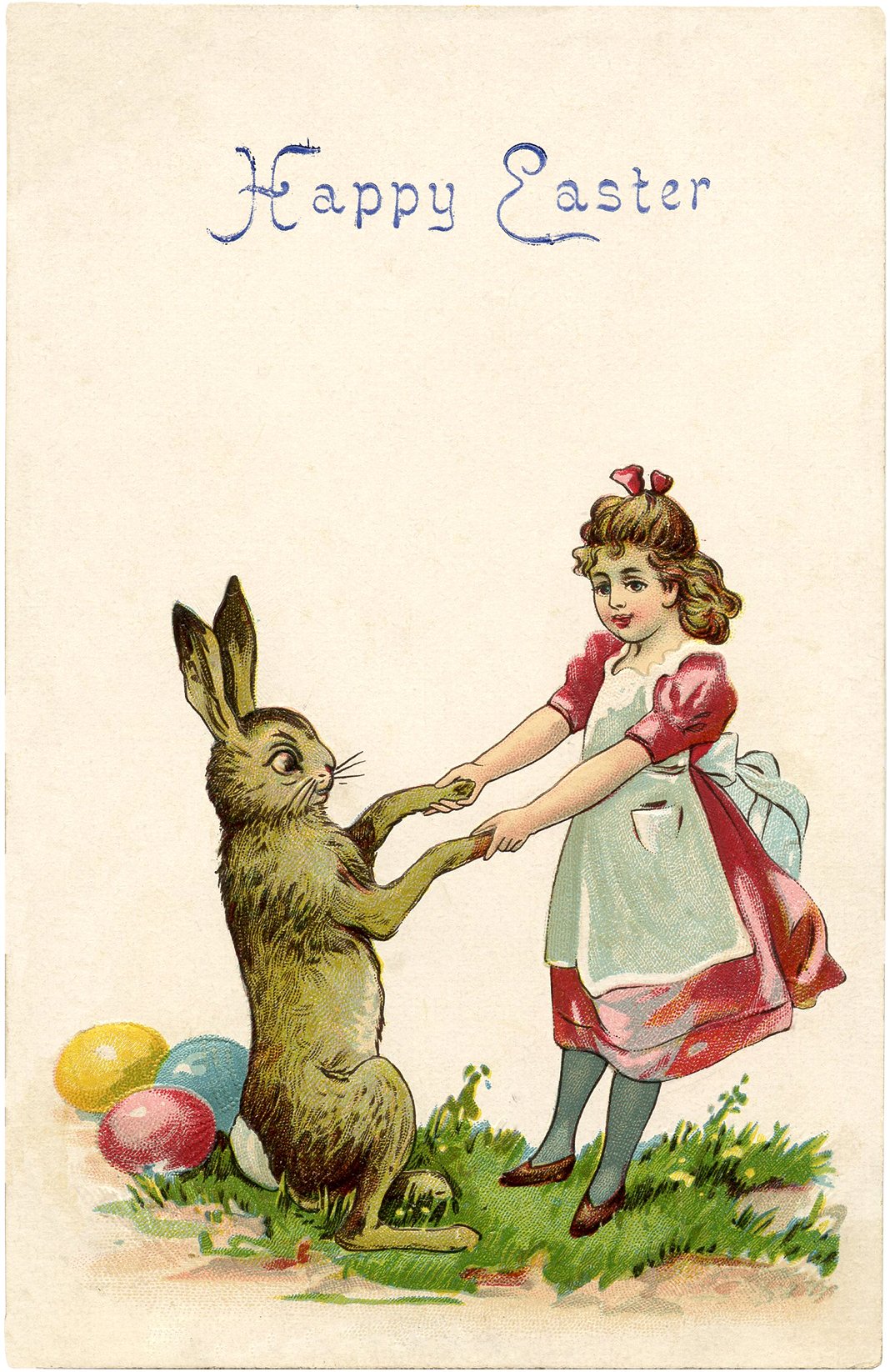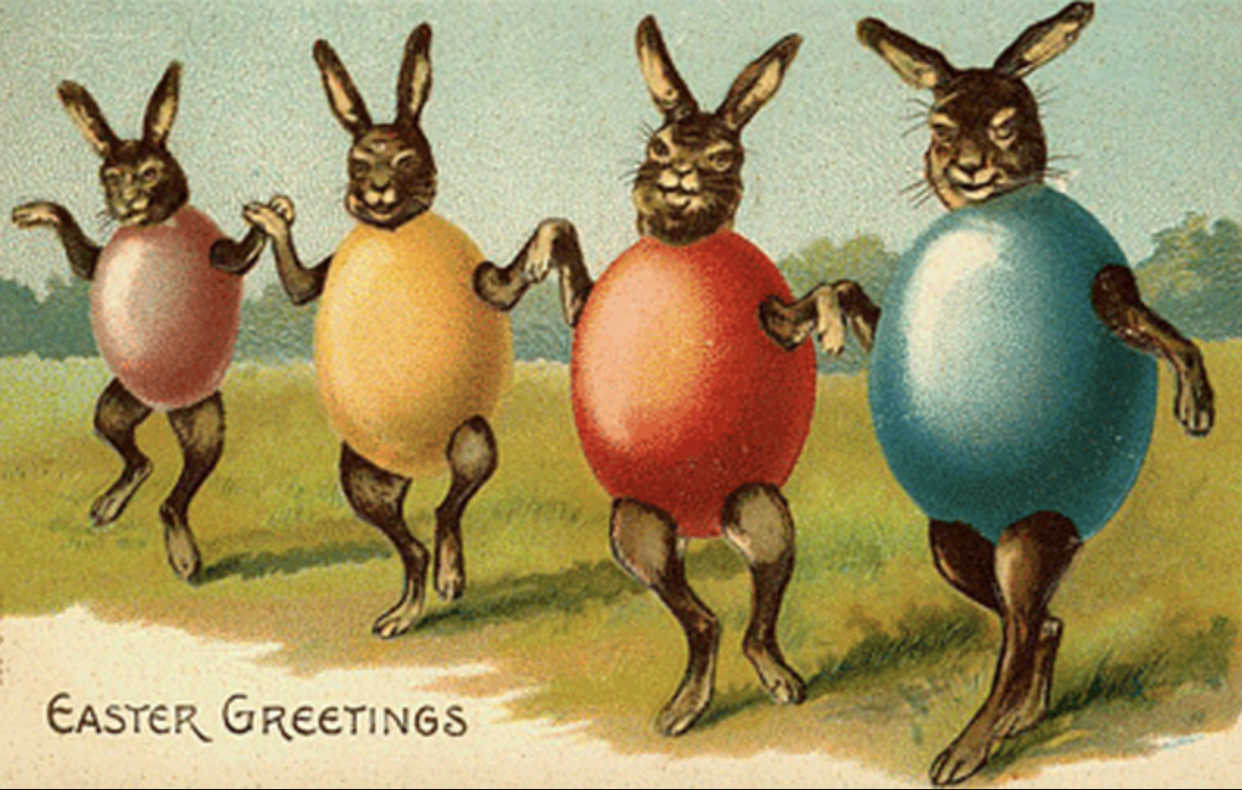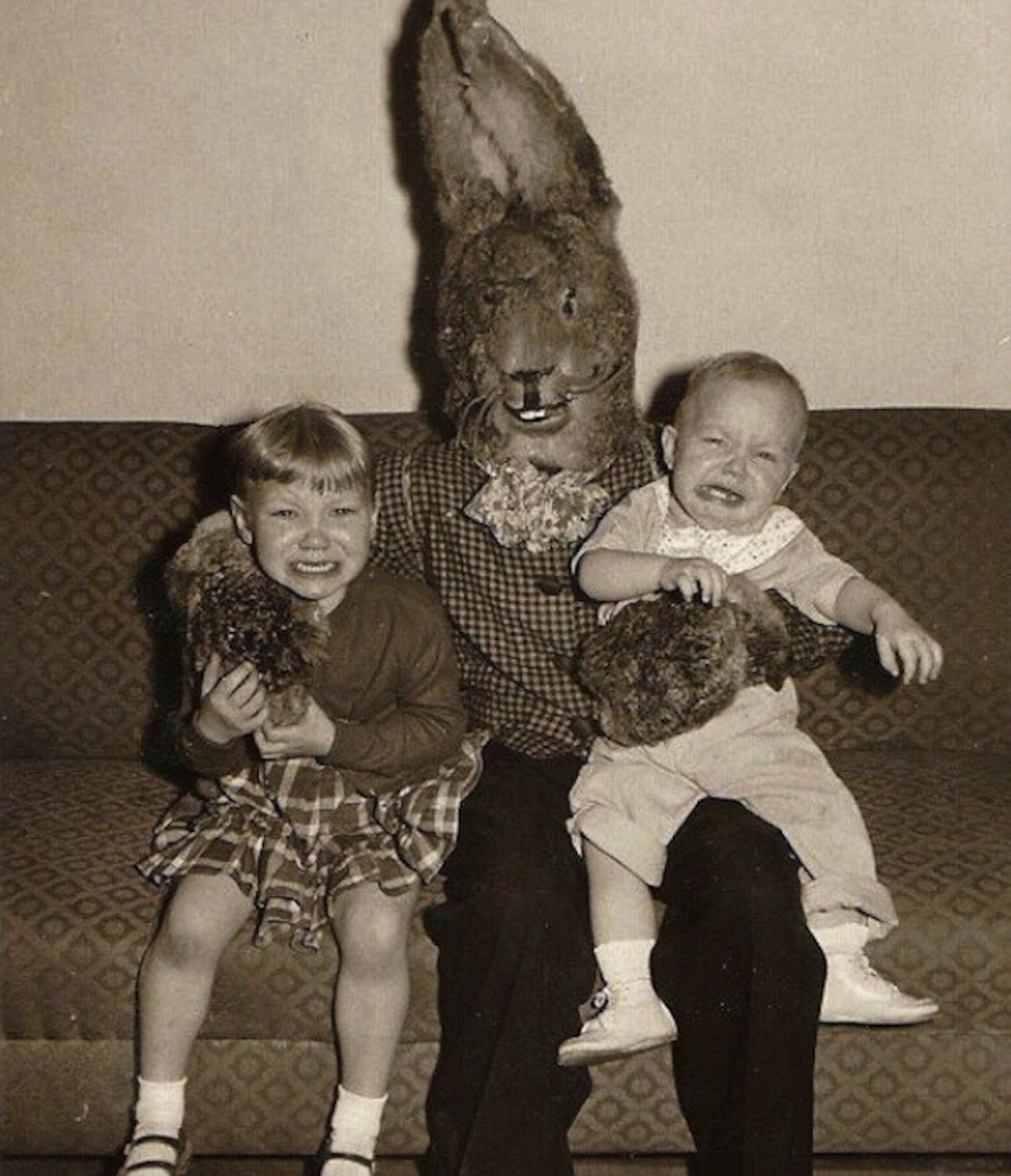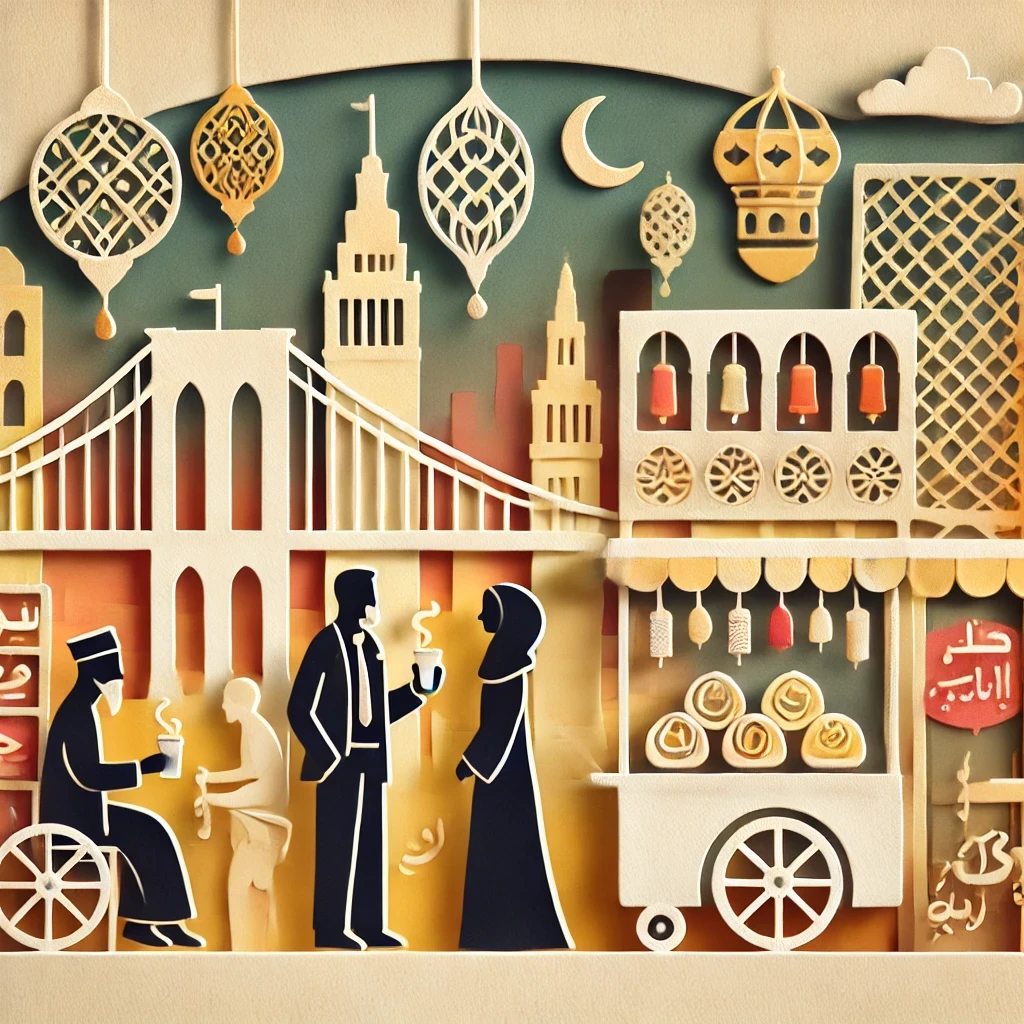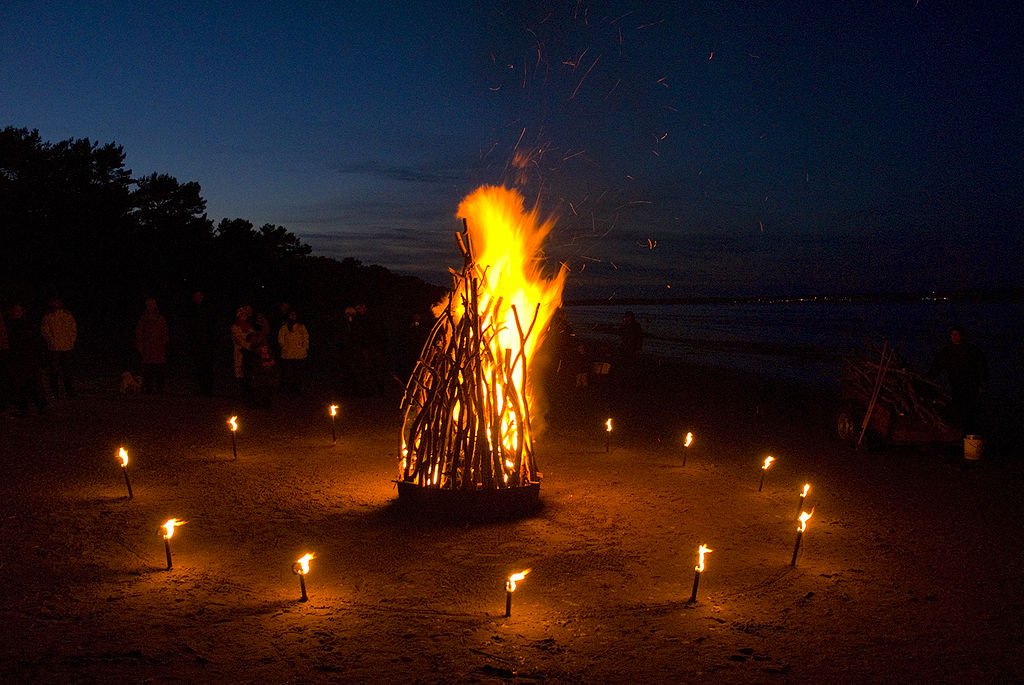This Wiccan holiday marks the season of balance, where gratitude, reflection and magic come together as the leaves begin to fall.
You’re strolling through a forest, the air crisp and tinged with the scent of fallen leaves. The trees are ablaze in golds, reds and oranges, as if they’re throwing one last, fiery party before winter. You hear the crunch of leaves underfoot, a squirrel hustling to stash away its final acorns, and somewhere in the distance, the faintest echo of a harvest song that feels both ancient and familiar.
Welcome to Mabon — what Wiccans call the autumnal equinox — a celebration that straddles the line between the warmth of summer’s end and the encroaching cold of winter. It’s that magical time when day and night stand in perfect balance, a brief pause before darkness takes the lead. For Wiccans, Mabon marks the second harvest festival and a moment to give thanks for what’s been gathered — be it crops, wisdom or even a little sanity.
Mabon is the mirror image of the vernal equinox, the yin and yang of the wheel of the year, where light and dark shake hands before heading their separate ways.
So, whether you’re deep in the woods gathering herbs, arranging fruit in a cornucopia or just tossing your leftover summer produce into a pot of stew, Mabon invites you to pause and savor the season. This guide will take you through the history, the rituals and the ways you can make this equinox your own, whether you’re a seasoned witch or just someone who loves a good reason to cozy up with a warm apple cider.
The Myth of Mabon
Throughout the centuries, Mabon has been celebrated in one form or another across various cultures as people marked the turning of the seasons.
The holiday takes its name from a figure in Welsh mythology: Mabon ap Modron, the "Great Son of the Mother.” He was taken from his mother’s arms when he was but three nights old. His mother’s cries of despair echoed through the land, for Mabon’s fate remained unknown, a mystery that confounded even the wisest of sages.
Years later, Culhwch, a noble warrior, set out on an epic quest to win the hand of Olwen, a maiden of unparalleled beauty. Yet, to win her, Culhwch faced impossible tasks, one of which required the hunting of the great boar, Twrch Trwyth. But to hunt this fearsome beast, Culhwch needed the aid of Mabon, the only man capable of holding the magical hounds necessary for the chase. However, Mabon was still lost to the world, and his whereabouts were shrouded in mystery.
Undeterred, Culhwch sought the help of King Arthur and his loyal knights. Together, they scoured the lands, but no trace of Mabon could be found. In their despair, they turned to the oldest and wisest of creatures in the world, who were thought to be the only ones who might know where Mabon was held.
They’re eventually led to the Salmon of Llyn Llyw, the oldest and wisest creature in all of Britain, who swam in the depths of the great river Severn. The Salmon, whose scales shimmered like the stars, revealed that he had heard the sorrowful cries of Mabon, imprisoned deep within the dark walls of Gloucester.
Guided by the Salmon, Culhwch and his companions found the fortress that held Mabon captive. The prison was a place of shadows, impenetrable and bleak. But with the help of their allies and the wisdom of the ancient creatures, they breached the fortress and freed Mabon from his chains.
Mabon emerged, a man of great strength and vitality, his spirit unbroken despite the years of captivity. Grateful for his rescue, he joined Culhwch and the knights in their quest. Together, they faced the formidable boar, and with Mabon’s help, they triumphed.
Autumn Equinox Around the World
But long before Mabon’s Welsh tale found its place in Wiccan tradition, autumn equinox celebrations were already well underway. From ancient Greeks honoring Demeter during the Eleusinian Mysteries to Roman festivals for Ceres, the goddess of the harvest, this time of year has always been about the fruits of labor, balance and preparing for the leaner times ahead. Even the Norse had their own harvest festivals to thank the earth for its gifts.
Mabon, as a modern Wiccan celebration, borrows from these older traditions and weaves them into a tapestry of gratitude, balance and preparation. The myths and stories remind us that just as Mabon himself emerged from the shadows with wisdom, so too can we take stock of what we’ve gained over the year and let go of what no longer serves us. As the wheel turns, we’re reminded that in every season of darkness, there’s a seed of light waiting to grow.
Symbols and Correspondences of Mabon
Mabon is a feast for the senses, full of rich colors, earthy scents, and symbols that speak to the balance and abundance of the season. From the familiar apple to the ancient cornucopia, these symbols are more than just pretty decorations — they carry layers of meaning tied to gratitude, cycles and the gifts of the earth.
Cornucopia: The Horn of Plenty
The cornucopia, or horn of plenty, is probably one of the most iconic symbols of Mabon. Picture a horn-shaped basket overflowing with fruit, nuts and grains — a symbol of the abundance and prosperity of the autumn harvest.
Legend has it that this symbol dates back to Greek mythology, with a goat’s horn whose milk fed Zeus, the king of the gods, as a baby.
As a harvest festival, Mabon is the perfect time to share your bounty with others.
Apples: The Fruit of Wisdom
If there’s one fruit that screams autumn, it’s the apple. But beyond pie and cider, apples have long been symbols of wisdom, knowledge and even magic.
In Wiccan lore, slicing an apple reveals a hidden pentacle at its core, linking it to protection and balance. Use apples in rituals to call upon clarity and insight — or just snack on one as you sip spiced wine by the fire. Bonus points if you go apple-picking; it’s practically a Mabon rite of passage.
Colors: Reds, Oranges, Golds and Browns
The color palette of Mabon is one of deep warmth — think of a sunset splashed across the sky, or the scarlet leaves of a maple tree in the fall.
Incorporate these colors into your altar, clothing and candle choices during rituals. These hues speak of both the light we’re leaving behind and the cozy warmth we’re embracing.
Reds represent the fading energy of the summer sun.
Oranges and golds echo the harvest’s bounty.
Browns ground us in the earth’s stability.
Herbs and Plants: Sage, Rosemary and Myrrh
As the nights grow longer, herbs like sage and rosemary come into focus for their protective and cleansing properties. Sage is known for clearing out the old and making space for new energies, while rosemary boosts memory and helps us hold onto what’s truly valuable. Myrrh, often associated with ancient rites, can be burned as incense to deepen meditation and spiritual reflection.
Decorating with oak leaves or crafting a wreath of autumn herbs is a great way to invite these energies into your home.
Crystals: Amber, Citrine and Tiger’s Eye
Amber, with its golden glow, is often associated with preserving the warmth and energy of the sun, making it a perfect stone for Mabon. Citrine is known as the merchant’s stone, attracting abundance and prosperity, while Tiger’s Eye provides grounding and balance, reflecting the essence of the equinox.
Whether you carry them in your pocket, place them on your altar or incorporate them into a ritual, these crystals remind us to hold onto the season’s light as the world grows darker.
Mabon’s symbols are invitations to connect more deeply with the earth and our own sense of equilibrium. By incorporating these elements into your celebrations, you’re embodying the essence of the equinox, balancing the joys of what’s been harvested with the peace of what’s yet to come.
Preparing Your Altar: A Balance of Light and Dark
Setting up your Mabon altar is like arranging a diorama of the season’s energy — a space where gratitude, balance and abundance all come together. Whether you have an entire table to dedicate or just a cozy corner, your altar can reflect the themes of the equinox in a way that’s personal, magical and, of course, a little bit witchy. Here’s how to create a Mabon altar that radiates the warm, golden glow of the season while inviting balance and reflection.
1. Choose your space: indoors or outdoors?
Before diving into the decorations, decide where your altar will live. If you’re lucky enough to have access to a garden, balcony or patio, consider setting up outdoors — there’s nothing like feeling the crisp air and hearing the rustle of leaves during your ritual. Indoors, a windowsill or side table works just as well, especially when you can let natural light (or candlelight) play across your altar.
2. Find an altar cloth.
Start with a cloth in the rich colors of Mabon — think deep burgundy, golden yellow, burnt orange or earthy brown. If you want to get really symbolic, you can use a cloth with two contrasting colors to represent the balance of light and dark, day and night. Or, opt for something with an autumnal pattern like leaves, vines or even apples.
3. Create a centerpiece.
Every altar needs a focal point that draws the eye and sets the tone. For Mabon, the cornucopia is a classic choice, filled with seasonal fruits, nuts and grains. If you’re not up for crafting a full-on cornucopia, a simple bowl or basket overflowing with apples, pomegranates, grapes and acorns will do the trick. You could also place a large candle at the center, symbolizing the waning light of the year — yellow or gold for the sun’s energy, or deep red for the warmth of the hearth.
4. Balance your ritual components.
Since Mabon is all about balance, make sure your altar reflects this theme. Place candles or objects that represent light on one side and darker items on the other. You could use white and black candles, sun and moon figures, or contrasting crystals like citrine and smoky quartz. The idea is to create a visual representation of the equinox’s equal division of day and night.
5. Add some seasonal touches.
Next, bring in the natural elements that celebrate the season’s harvest. Gather fallen leaves, acorns, pinecones, and small gourds to scatter across the altar. Fresh herbs like sage, rosemary and thyme add both aroma and energy, while a few sprigs of wheat or dried corn stalks nod to the agricultural roots of the festival. If you want to get crafty, a DIY wreath of autumn leaves or a bouquet of marigolds and chrysanthemums makes a stunning addition.
6. Infuse intentions with crystals and other symbols.
Mabon is a great time to work with crystals like amber, tiger’s eye and carnelian, all of which carry the grounding, warming energies of the season. Place them around your centerpiece or in the corners of your altar to represent stability, abundance and personal growth.
You might also include small symbols like pentacles, apples with the star revealed inside or a small cauldron to represent transformation.
7. Now for some personal touches: What matters to you?
Finally, make your altar truly yours by including items that hold personal significance. This could be a gratitude jar where you place notes of thanks for the blessings you’ve received, a photo of loved ones or a piece of art that embodies the spirit of Mabon. If you’re planning specific rituals or intentions for the season, keep those tools — like a journal, tarot deck or runes — within easy reach.
Your Mabon altar will become a living space that embodies the season’s energy and helps you connect with the themes of harvest, balance and gratitude. As you build and work with your altar, let it evolve with the changing season and reflect your personal journey as we all shift from light to dark. Whether your space is grand or humble, the intention you set will fill it with the magic of Mabon.
A Mabon Ritual
Mabon is a time to reflect on the balance between light and dark and to express gratitude for the abundance in our lives. Whether you’re working in a sprawling backyard or in the quiet corner of your living room, this solo ritual is designed to help you connect with the energies of the equinox while honoring the harvest, both literal and metaphorical.
What you’ll need
A small candle (preferably in a harvest color like orange, red or gold)
A bowl or basket of seasonal items (apples, acorns, dried herbs, nuts, etc.)
A piece of paper and a pen
An offering (this could be a portion of your harvest items or a small libation of wine or cider)
Any crystals or tools you work with (optional)
A comfortable spot where you can sit and reflect
1. Set the space.
Find a quiet place where you can be undisturbed. Cleanse the area with sage, rosemary, or simply by lighting your candle with intention. If you’re outdoors, let the wind and natural sounds be your “cleanser.” As you prepare, take a few deep breaths, centering yourself and letting go of any distractions.
2. Begin the ritual.
Cast a ritual circle if you want.
Light your candle and say:
“As the wheel turns, I stand at the balance of light and dark. I honor the harvest, the fruits of my labor and the gifts of the earth. I give thanks for the abundance that has filled my life, and I welcome the peace of the dark half of the year.”
Feel the warmth of the candlelight as a symbol of the sun’s last strong days before winter takes hold.
3. Reflect on the harvest.
Take your basket of seasonal items and hold it in your hands. Close your eyes and think about the “harvests” in your own life: What have you accomplished, learned or gained over the past year? What challenges have you faced, and how have you grown from them? Let these thoughts flow freely, whether they’re about work, relationships, personal growth or even small daily victories.
As you reflect, select one item from your basket to represent each “harvest” or blessing you’re grateful for. Hold the item in your hands and focus on the gratitude it represents. If you feel moved to, speak your thanks aloud:
“I give thanks for the lesson learned in [situation]. I honor the growth it brought me.”
Place each item back in the basket with intention, seeing it as a vessel holding your gratitude and your offerings to the earth.
4. Balance light and dark.
Now, on your piece of paper, draw a simple line down the center. On one side, write “Light” and on the other, “Dark.”
Under “Light,” jot down the things you’re grateful for: the abundance, joy and lessons you’ve harvested.
Under “Dark,” write what you’re ready to release: the burdens, old habits or regrets you wish to leave behind as you enter the quieter, more introspective half of the year.
Hold the paper in your hands and meditate on the balance between these two sides. Know that both are necessary for growth, and that letting go makes space for new beginnings. When you’re ready, fold the paper and place it under your basket as a symbolic offering to the balance of the season.
5. Make your offering.
Choose a portion of your harvest items, such as an apple, some dried herbs or a handful of nuts, and set them aside as an offering. If you’re outdoors, you can leave this offering in a place that feels significant — at the base of a tree, near a stream or in a garden. If you’re indoors, you can save the offering to place outside later or simply offer a libation of wine, cider or juice.
As you leave your offering, say:
“I give back to the earth what she has given to me. May the balance of light and dark bring peace and renewal.”
6. Close the ritual.
Take a moment to feel the energy you’ve cultivated. Close your eyes and visualize the candle’s light merging with the coming darkness, creating a harmonious balance. When you’re ready, blow out the candle and say:
“The wheel turns, the harvest is gathered, and balance is restored. So it is, and so it shall be.”
Take a few deep breaths (try inhaling through your nose for four seconds, holding your breath for seven seconds, and then exhaling through your mouth for eight seconds). This will ground you back into your space. If you’d like, enjoy one of the seasonal items from your basket as a way to take in the energy of Mabon.
This ritual is simple yet powerful, allowing you to connect with the essence of Mabon in a way that’s personal and meaningful. Whether you keep it brief or let it evolve into a longer reflection, the key is to honor both the light and the dark, giving thanks for what you’ve received while gracefully letting go of what’s ready to pass.
Mabon Feasts: A Harvest of Flavor
What’s a harvest celebration without a good feast? Mabon is the perfect excuse to break out your coziest recipes and gather with friends — or just treat yourself!
Traditional foods like apple pie, roasted root vegetables, hearty breads, and anything spiced with cinnamon or cloves take center stage. If you’re feeling adventurous, try making your own cider or mulled wine. Even a simple meal of seasonal vegetables can feel magical when paired with intention — each bite a reminder of the earth’s bounty.
The key is to embrace abundance while also giving thanks. Consider sharing your feast with friends or preparing a small extra portion as an offering to the spirits of nature or your household deities.
Mabon Crafts and Activities
Mabon is a season rich with DIY opportunities. For the crafty at heart, try making a wreath with fallen leaves, acorns and dried flowers.
You can also create a gratitude jar. Write down things you’re thankful for on slips of paper and add them to the jar throughout the season. Seeing the jar fill up can be an effective way to track your progress and, as the months grow darker, help you focus on the positive aspects of your life.
For those who prefer a more meditative approach, take a nature walk with the intention of gathering small natural items that call to you: pinecones, colorful leaves or interesting stones. Use them to decorate your home or altar, creating a connection between the outdoors and your sacred space.
Another meaningful activity is journaling. Reflect on what you’re harvesting in your own life: lessons learned, challenges overcome, goals achieved. Mabon is about both celebration and preparation, so let your creative energy flow as you transition into the quieter months ahead.
These simple yet meaningful touches help make Mabon a time to embrace the fullness of the season while grounding yourself in gratitude and balance.
Mabon: Gathering the Season’s Blessings
As the wheel of the year turns and Mabon ushers in the deeper shadows of autumn, we’re reminded that life is a balance — a dance between light and dark, abundance and scarcity, celebration and introspection.
Mabon is the perfect time to reflect on what you’ve gathered this year — and to consider what you’re ready to release. Whether you’re diving into a ritual or simply taking a moment to notice the things around you and appreciate the effort that went into making them, Mabon’s energy is about tuning into the balance within and around us.
With these elements woven together, you’re ready to fully embrace Mabon in a way that’s meaningful, magical and uniquely yours.
Happy Mabon! May your harvest be abundant, your balance steady, and your heart full as the wheel turns toward the darker days ahead. –Wally







